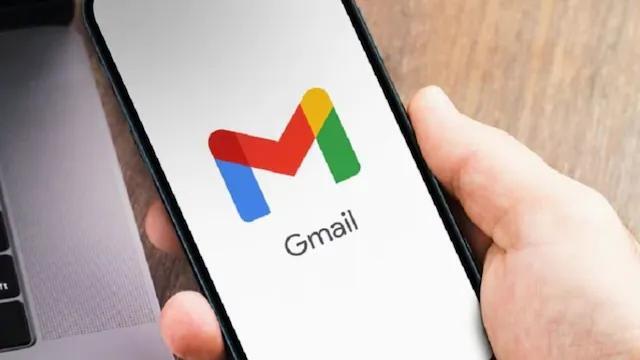
Google to Replace SMS Codes with QR Codes for Gmail Authentication
In a move aimed at reducing the impact of rampant global SMS abuse, Google is planning to shift from sending SMS codes to QR codes as part of two-factor authentication for Gmail login. This change is expected to bring about a significant improvement in the security and convenience of the authentication process.
According to a report by Forbes, Gmail will verify phone numbers by showing QR codes that users can scan with their phone’s camera app. This approach is designed to eliminate the need for SMS-based two-factor authentication, which has become increasingly vulnerable to phishing and other forms of attacks.
The decision to replace SMS codes with QR codes is a response to the growing problem of SMS abuse, which has been on the rise in recent years. This type of abuse can take many forms, including the theft of SMS codes and the use of malware to intercept and hijack authentication sessions.
By using QR codes, Google is aiming to provide a more secure and convenient alternative to traditional SMS-based authentication. QR codes are more difficult to intercept and hijack than SMS codes, as they require a physical device to scan the code and initiate the authentication process.
The planned change is expected to have a significant impact on the way users interact with Gmail. Instead of receiving a SMS code that must be entered into the login page, users will be prompted to scan a QR code using their phone’s camera app. This code will be displayed on the login page and will be valid for a limited period of time, after which it will expire and a new code will be generated.
The use of QR codes for two-factor authentication is not a new concept, but it is gaining popularity as a more secure and convenient alternative to traditional SMS-based authentication. Many other companies and organizations have already adopted this approach, including banks and financial institutions, as well as government agencies and other organizations that require high levels of security.
One of the key benefits of using QR codes for two-factor authentication is that it provides an additional layer of security beyond traditional username and password combinations. This can help to prevent unauthorized access to accounts and protect sensitive information from being compromised.
Another benefit of using QR codes is that it can be more convenient for users than traditional SMS-based authentication. Users do not need to have a working phone number or a reliable cellular connection to receive SMS codes, which can be a problem in areas with limited or no mobile coverage.
The planned change to QR codes for two-factor authentication is also expected to have a positive impact on the environment. SMS messages generate a significant amount of electronic waste and contribute to the growing problem of e-waste, which is a major environmental concern.
In addition to these benefits, the use of QR codes for two-factor authentication can also help to improve the user experience. QR codes can be easily generated and displayed on the login page, eliminating the need for users to receive and enter SMS codes.
The planned change is expected to be rolled out gradually, with users being given the option to opt-in to the new QR code-based authentication process. This will allow users to choose whether to use QR codes or traditional SMS-based authentication, giving them the flexibility to choose the method that best suits their needs.
In conclusion, Google’s decision to replace SMS codes with QR codes for Gmail authentication is a significant development that is expected to improve the security and convenience of the authentication process. The use of QR codes provides a more secure and convenient alternative to traditional SMS-based authentication, and can help to reduce the impact of rampant global SMS abuse. As the technology continues to evolve, it is likely that we will see more widespread adoption of QR codes for two-factor authentication, providing a more secure and convenient way for users to access their online accounts.






